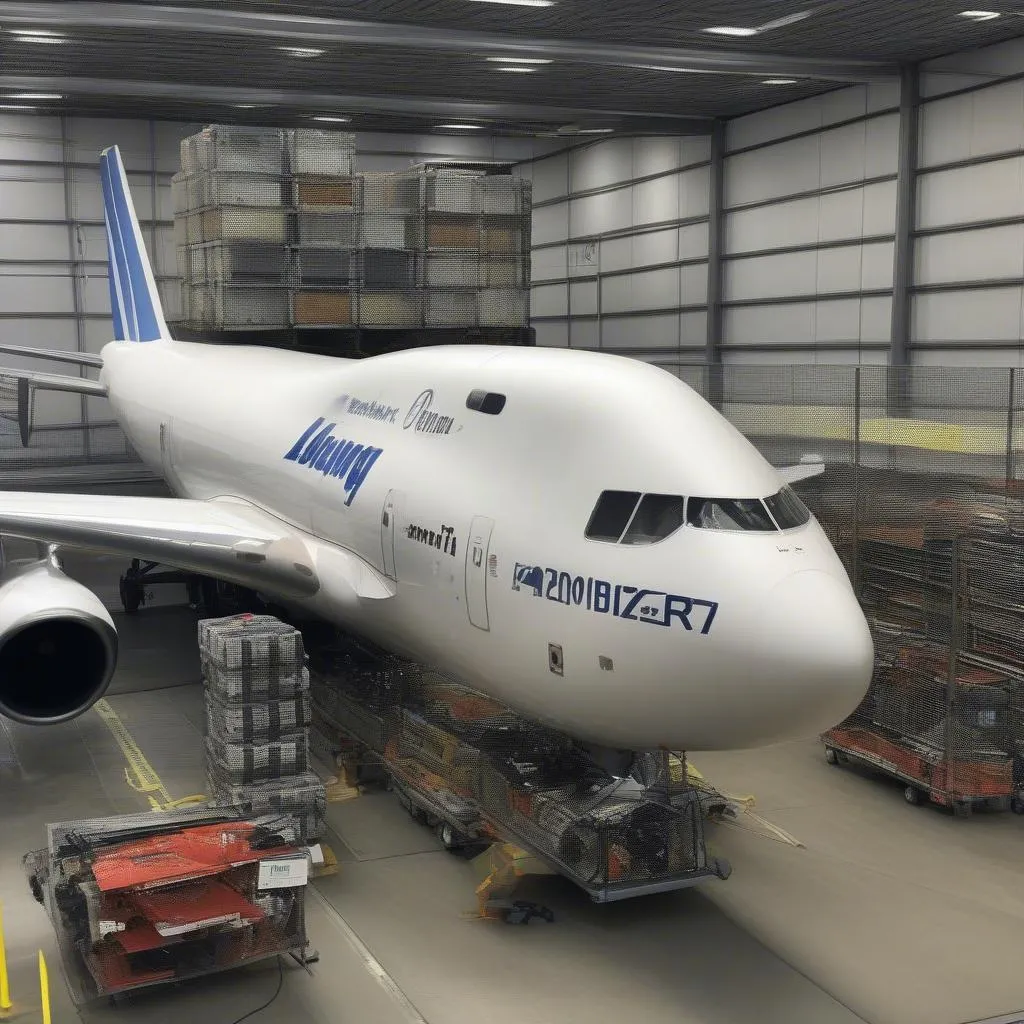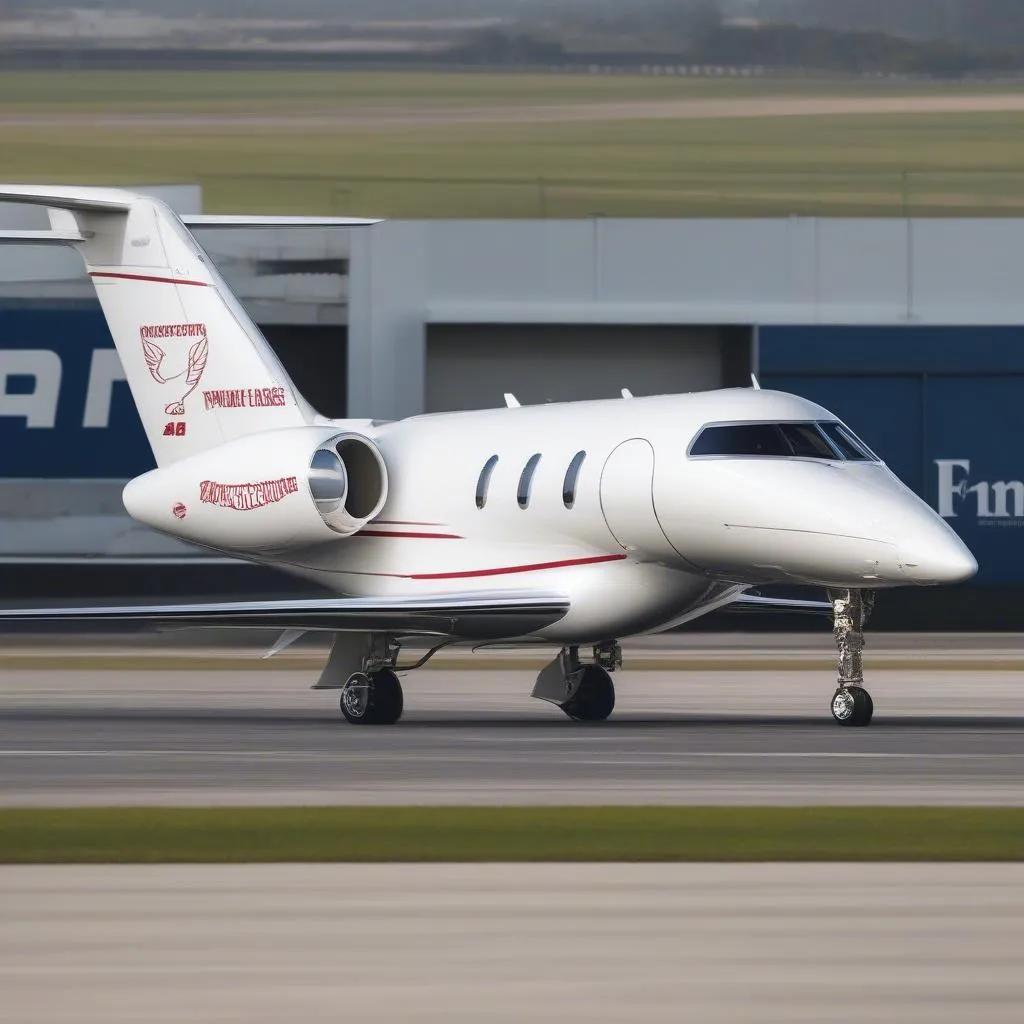“Have you ever wondered how those sleek Formula 1 cars and their teams navigate the globe for races?” It’s a logistical ballet of people, equipment, and speed, all meticulously planned to ensure seamless transitions between Grand Prix weekends. Let’s delve into the fascinating world of Formula 1 travel.
The Global Caravan: A Look at F1 Travel Logistics
Formula 1 isn’t just about the race day; it’s a complex operation that sees teams traversing continents throughout the year. With races hosted on almost every continent, the logistical challenges are immense.
Air Freight: The Backbone of F1 Travel
Given the sheer volume of equipment, air travel is non-negotiable. Imagine this: each team utilizes multiple cargo planes!
- Dedicated Cargo Planes: Teams charter massive cargo planes like the Boeing 747 to transport their cars, spare parts, engineering stations, and even the garage setup.
- Priority Shipping: Speed is crucial in F1, and that extends to logistics too. Freight is often given priority to ensure timely arrival at the next circuit.
- Customs Expertise: Navigating international customs with such specialized equipment requires dedicated logistics teams well-versed in the regulations of each country.
 formula-1-cargo-plane
formula-1-cargo-plane
The People Movers: How Team Members Travel
While the cars and equipment take to the skies, team members have their own travel itineraries:
- Team Charters: Many teams charter private jets for their drivers, key personnel, and engineers. This ensures flexibility, comfort, and minimizes travel time, crucial for maintaining focus during a demanding race calendar.
- Commercial Flights: For other team members like mechanics and marketing staff, commercial flights are the go-to option, often with teams booking entire sections for ease of travel.
 formula-1-team-jet
formula-1-team-jet